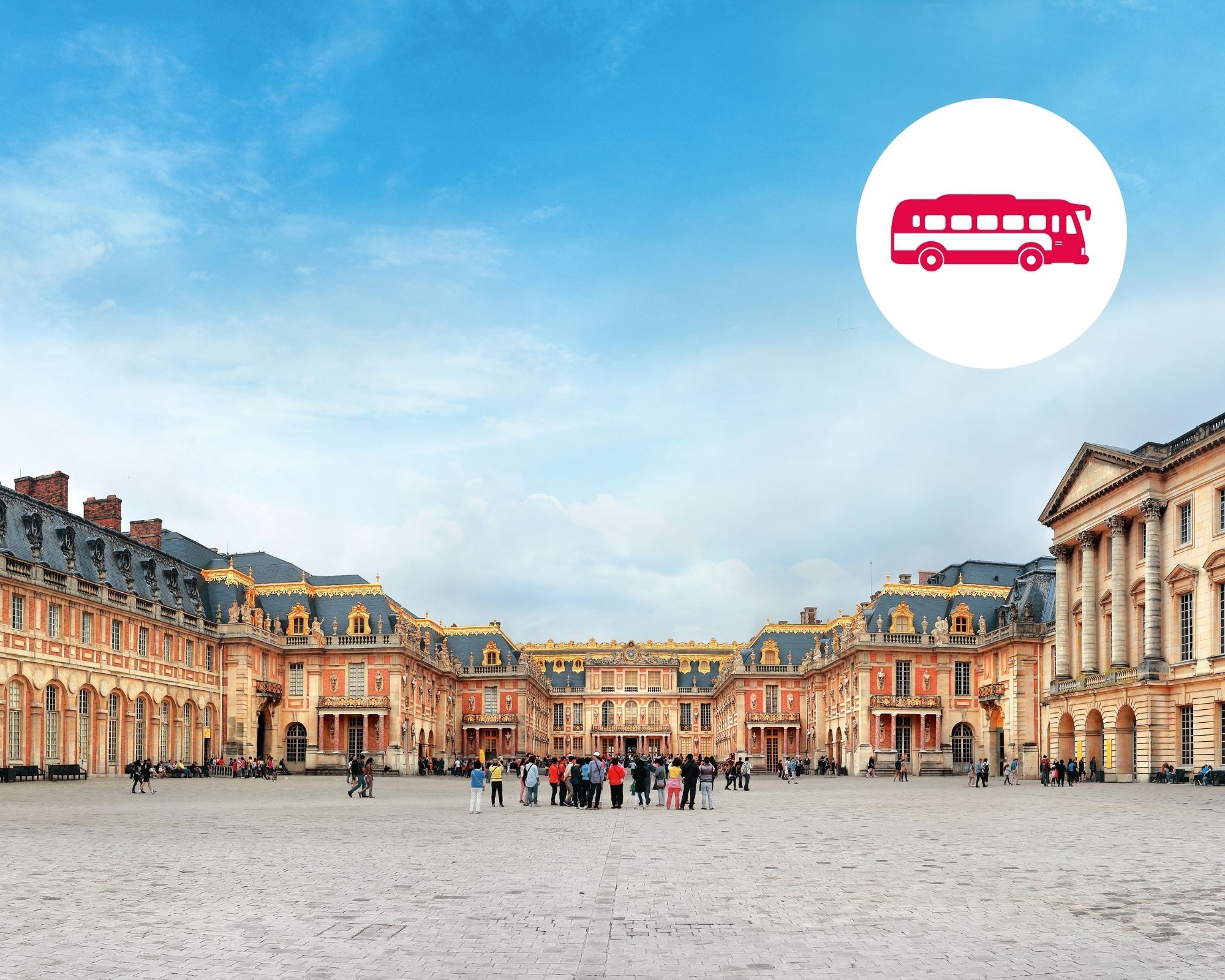Dramatic arts at the Versailles theater
A place created above all for the Sun King's pleasure, you can't think about the Palace of Versailles without remembering the court's entertainment. Louis XIV was also known for his love of performing arts, particularly dance and theater. It is a sensitivity inherited by his descendants.
Spaces built for theater in Versailles
The Royal Opera Versailles was initially a project of King Louis XIV. Only at the end of his reign, he did not have the necessary funds to have it built. However, he had a private theater for him and his family. Performances of comedies as well as ballets were given during celebrations such as the weddings of the royal children or carnivals. Located at the very end of the north wing of the Palace, it was ultimately built at the time of Louis XV. Before its construction, stages were put up then taken down for performances organized by Madame de Maintenon and then Madame de Pompadour and her "Théâtre des Cabinets," where she often performed herself.

Source : http://www.chateauversailles-spectacles.fr/en
When Louis XVI offered the Petit Trianon to Queen Marie-Antoinette, she was delighted to be able to live a parallel life to the pomp of the court. In her peaceful haven, she set up a stage known as The Queen's Theater. In the same way that Louis XV's mistress could be found on the stage, Marie-Antoinette performed in her plays for fun.
As far as theater is concerned, it was highly standardized. Tragedy was the most elitist genre and took up themes from ancient Greece that came back into fashion as seen in the mythological representations on the garden's fountains. While the tragedy depicted by Corneille was theater in verse recited in a near-monotone, farce was the genre of entertainment development by Molière and his troupe. A huge hit with King Louis XIV, farce was nevertheless relegated to a very popular way of doing theater. In addition, Molière's ideas were not popular, and other playwrights did not hesitate to consider them dangerous.

Jean-Leon Gerome, A collaboration, Corneille et Molière
Theater at the time of the French Renaissance
The French Renaissance is, in a sense, heir to the Italian Renaissance. Italy's influence on our culture is by no means small. For example, with its Italian-style architecture, the Théâtre Montansier Versailles hosted musicians from the other side of the Alps to entertain the court. Jean-Baptiste Lully, or Giovanni Battista Lulli, was one of them. He had an incomparable influence at the time of the Sun King on music in France, and his musical tragedies are models of excellence.
Other lesser-known or temporary projects cannot be visited today. However, the Petit Théâtre de Gabriel and the Théâtre du Manège deserve to be mentioned.
Enjoy modern depictions
If you want to relive classical plays, the Comédie Française in Paris is certainly one of the best places to do it. However, the Palace of Versailles also organizes opera performances during its musical season. It is an opportunity to discover Lully's musical theater.
If you want to discover the key places of dramaturgy at the most sumptuous court of its time, discover the different offers of PARISCityVISION and book your ticket to the Château de Versailles online.


